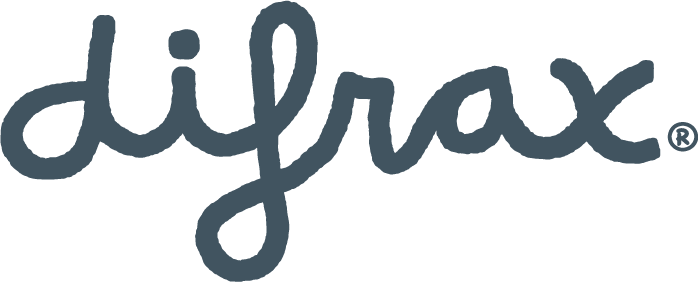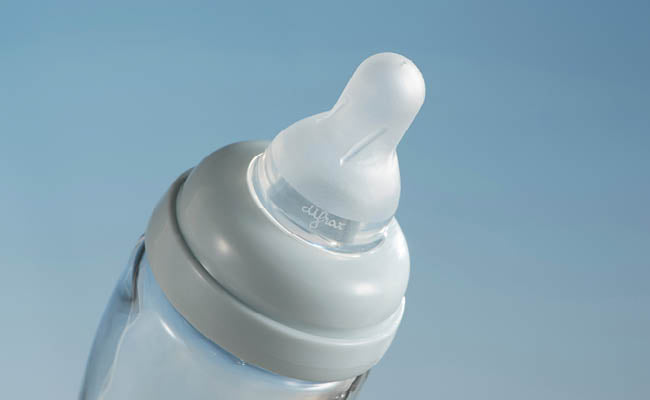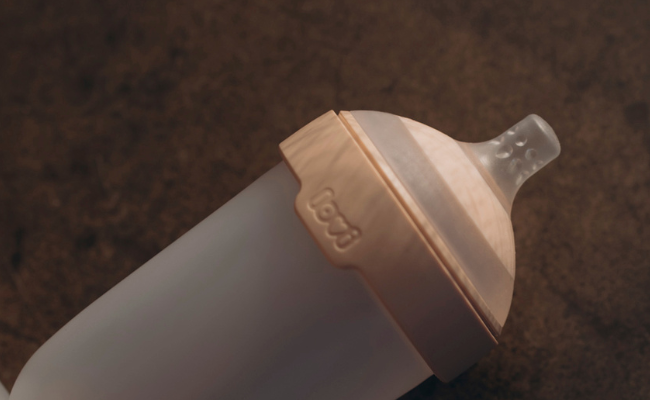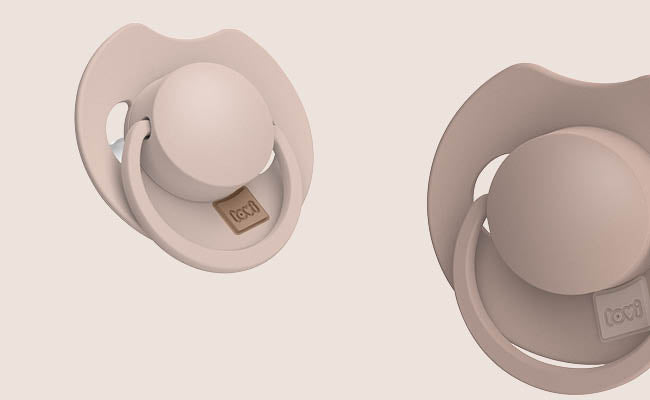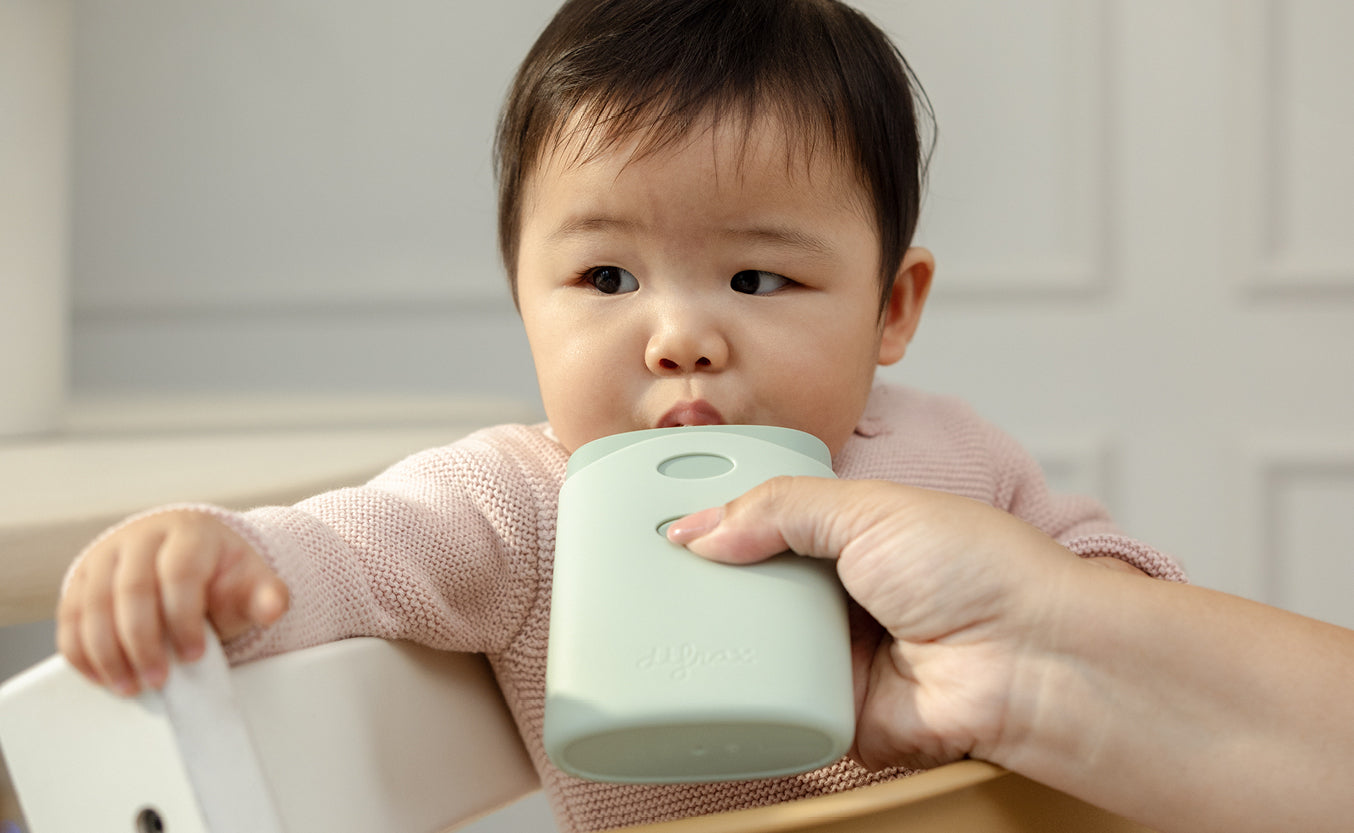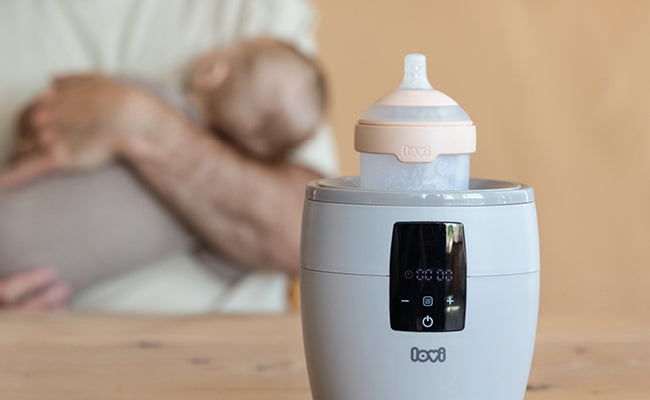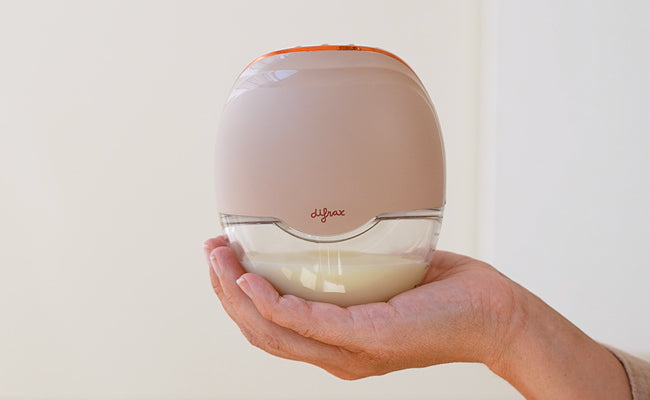
Pacifiers and Breastfeeding: 10 Frequently Asked Questions Answered
Welcome to Difrax! We offer reliable information and expert advice for new parents. Taking care of your little one often raises many questions. That's why we're happy to provide A little help in getting the right answers. In this blog, we delve deeper into a topic that concerns many new parents: the combination of pacifiers and breastfeeding. We've gathered and answered 10 frequently asked questions for you. From determining the right time to introduce a pacifier to minimizing any confusion for your baby. This way, as a parent, you'll gain more insight into how to strike the right balance between breastfeeding and offering a pacifier.
1. Can I use a pacifier while breastfeeding?
Yes, using a pacifier during breastfeeding is generally safe and can even have positive effects. A pacifier fulfills your baby's sucking needs and has a soothing effect. This is particularly useful when you can't always immediately put your baby to the breast when they need to suck. A pacifier then serves as a good substitute. It's recommended to introduce a pacifier when breastfeeding is going well. This ensures that your baby develops the correct sucking technique at the breast and that their growth is optimal. In some cases, this can be done during the first week after birth, but sometimes it may take a few weeks for breastfeeding to be fully established. It's a good idea to discuss this with your midwife or a lactation consultant.
2. Can using a pacifier decrease my baby's sucking needs during breastfeeding?
Especially with excessive use, using a pacifier can indeed impact your baby's sucking needs. Babies naturally have a strong sucking need, which helps not only with feeding but also with comfort and reassurance when provided. If you notice that your baby often seems to want to suck or briefly nurses at the breast before wanting their pacifier, this may indicate that the pacifier's sucking need is starting to replace feeding. Therefore, it's wise to use the pacifier in moderation and find a balance between offering a pacifier and breastfeeding.
3. Which pacifier is best to use during breastfeeding?
Difrax LOVI has developed a special Dynamic pacifier collection that mimics the mother's nipple, allowing the pacifier and breastfeeding to complement each other. The sucking part of the pacifier is dynamic and is made up of multiple layers of silicone of different thicknesses. This allows the pacifier to move optimally with your baby's natural sucking rhythm. The Baby Shower collection has been specially designed for newborns by doctors and speech therapists. The soft silicone layers allow the sucking part to stretch when your baby makes a sucking motion. After the sucking motion, the sucking part returns to its base position. Thanks to this special design of movement, your baby's natural sucking reflex isn't disrupted. This is particularly advantageous for breastfed babies. The Dynamic pacifier supports the natural development of jaw and mouth muscles.
4. When is the best time to introduce a pacifier if I can and want to breastfeed?
It's ideal to only introduce a pacifier when breastfeeding is well established, and your baby has developed a good sucking technique at the breast. From this moment, the combination of pacifier and breastfeeding can proceed smoothly. Sometimes this happens during the first week after birth, but it can also take a few weeks. To determine the best timing, you can also seek advice from your midwife or have a discussion with a lactation consultant.
5. What are the advantages and disadvantages of simultaneously offering a pacifier and breastfeeding to my baby?
Using a pacifier during breastfeeding has both advantages and disadvantages. Advantages include calming your baby between feedings, providing comfort, and reducing crying. A pacifier can be particularly useful when your baby has a strong sucking need but isn't necessarily hungry. It can also be useful during times when your baby might otherwise suck their thumb. It's harder to take away a thumb and it's more difficult to unlearn than a pacifier. On the other hand, there can be disadvantages, such as the risk of your baby preferring the pacifier to the breast and therefore not getting enough food. Excessive pacifier use can also disrupt breastfeeding sessions and reduce milk production. This happens because your baby, by using the pacifier excessively, nurses less frequently.
6. Will my baby want to nurse less often if I choose to use a pacifier?
It's possible that your baby may want to nurse less frequently at the breast if they use a pacifier. This can happen if your baby's sucking need is mostly met by the pacifier, causing them to be less hungry to nurse at the breast. This, in turn, can decrease milk production because the breasts are stimulated less frequently. So, it's important to regulate pacifier use and ensure it doesn't replace feeding sessions.
7. Can offering a pacifier help reduce nighttime feedings?
Absolutely, offering a pacifier can sometimes help calm your baby without directly providing food, especially at night. Often, babies wake up at night due to comfort needs rather than hunger. A pacifier can come in handy in this case and it helps you, as a parent, to get your baby back to sleep without giving a full meal. It's important to remember that nighttime feedings are essential for both milk production and your baby's growth, especially in the early months.
8. Can using a pacifier cause nipple confusion in my breastfed baby?
Using a pacifier can potentially cause nipple confusion, especially if introduced too early. It's important for your baby to first learn the correct sucking technique at the breast. Nipple confusion occurs when a baby struggles to switch between a real nipple and a pacifier due to the different sucking techniques required. This can lead to problems with breastfeeding attachment and reduced feeding efficiency. To avoid nipple confusion, it's advisable to wait until breastfeeding is well established before introducing a pacifier.
9. Can using a pacifier affect my milk production?
Yes, it can. With excessive use, a pacifier can affect milk production. This happens when the frequency and effectiveness of breastfeeding decrease. Regular and effective breastfeeding is essential to maintain adequate milk production. Therefore, it's important to use the pacifier in moderation so it doesn't replace feeding sessions.
10. What are the best times to use a pacifier without disrupting breastfeeding sessions?
A pacifier can be useful between feedings, when your baby needs to suck without being hungry. A good time to offer a pacifier is after a feeding, when your baby still wants to suckle. Also, when your baby is restless and has trouble falling asleep, a pacifier can be soothing. It's important not to use the pacifier as a complete replacement for breastfeeding sessions. Regular and effective feeding ensures both milk production and your baby's nutritional needs.
Using a pacifier during breastfeeding can bring both benefits and challenges. A pacifier is a convenient tool to calm and comfort your baby, but it should be used with care and attention. If you're breastfeeding, wait until breastfeeding is well established before introducing a pacifier. Choose an appropriate pacifier that doesn't disrupt your baby's sucking technique, such as the Difrax Natural pacifier or the Difrax LOVI Dynamic pacifier. And use it in moderation so it doesn't disrupt breastfeeding and milk production.
Remember that every child is different, so what works for one baby may be different for another. It's always a good idea to talk to a healthcare professional if you have questions about breastfeeding and using a pacifier, especially if you're concerned about the impact on the breastfeeding experience.
